The Difference Between Teeth Before and After Braces
- Sep 10, 2024
Introduction
For a long time, braces have been an excellent orthodontic treatment for correcting dental issues. Patients are often amazed when they witness the dramatic difference in their teeth before and after braces. Let us guide you through the importance of orthodontic treatment, possible malocclusions that braces can treat, and the effects of successful orthodontic treatment with inspiring case studies.
Types of Malocclusions Braces Can Treat
In malocclusion, either the upper or lower jaw meets incorrectly, or the teeth are related inappropriately to each other. Here are some of the most common types of malocclusions that braces can correct:
a) Deep bite
In a deep bite, there is an issue in the way the upper and lower teeth close, with the upper teeth excessively overlapping the lower teeth. If the overlap is too excessive, the teeth tend to wear down, and the function of the jaws might be affected.
b) Underbite
In an underbite, lower teeth protrude beyond the upper teeth. Chewing and speaking can be impacted, leading to discomfort in the jaw.
c) Crossbite
Some of the upper teeth are seen biting inside of the lower teeth. It can result in issues such as tooth wear, gum recession, and other types of muscle problems.
d) Open bite
In an open bite, the upper and lower teeth will not touch when the mouth is closed, which means they can have difficulty chewing and speaking, and their speech might be affected.
e) Crowding
Crowding is caused when there is insufficient space for all the teeth in the mouth. The teeth overlap each other, which makes it hard to clean them, resulting in cavities and gum problems.
f) Spacing
At times, people have gaps between their teeth. It could be because of missing teeth, or it can occur naturally, leading to gum issues.
All these problems and many more can be treated with teeth braces , changing the alignment of teeth and improving the bite's functions.
Effects of Successful Orthodontic Treatment with Braces
Improved Oral Health
Cleaning becomes hard when a person has crooked teeth. Many areas easily trap plaque and small food pieces. This may lead to increased possibilities of cavities, gum disease, and bad breath. Braces can align crooked teeth and allow a person to maintain oral hygiene easily. With straighter teeth, cavities or gum disease are less likely to happen as teeth cleaning becomes easier. This improves overall oral hygiene.
Enhanced Mastication
Orthodontic treatment adjusts an improper bite so the upper and lower teeth can meet correctly, facilitating the chewing process. The jaw muscles work harder as the teeth bite incorrectly. With time, it can lead to increased stress, muscle aches, and TMJ disorders. Braces treat the faulty bite, reducing the strain on the jaw and the possibility of TMJ issues in the future.
Increased Confidence
Most patients lose confidence in themselves with crooked teeth or inappropriate bites. After undergoing orthodontic treatment, the patients are more self-assured about their appearance, thus helping them communicate confidently and improving their social relations. Orthodontic treatment with braces improves a patient's smile dramatically. An increase in self-esteem can lead to an overall happier life.
Preventive Benefits
Straightening your teeth can avoid future problems. For example, correcting crowded teeth reduces the chance of developing a cavity, and fixing a bite problem prevents jaw strain and tooth damage that can happen later in life.
The change in facial aesthetics is quite noticeable when you compare the pre-and post-braces photographs of a patient. A beautiful and well-aligned smile is desirable; hence, numerous people undergo orthodontic treatments.
Case Studies
Case 1

In this case, the patient was suffering from midline diastema, which means having a space between the front teeth. It caused social anxiety in the patient. The patient also suffered from difficulties while chewing the food. The midline diastema was treated orthodontically with the help of braces for around a year. This transformation managed to resolve all the issues for the patient. The patient was provided with retainers to maintain the smile for the long term.
Case 2

The patient suffered from crowding in the anterior teeth along with an edge-to-edge bite. In an ideal bite, the upper teeth close slightly forward of the lower teeth. The patient was finding it difficult to clean the teeth and maintain proper oral hygiene. The patient was successfully treated with braces in around 18 months. The after image clearly showed well-aligned teeth along with a corrected bite. Improved muscle strain is also evident.
The above cases are a wonderful example of how a successful orthodontic treatment can change a person.
ConclusionOrthodontic treatment with braces treats more than just teeth alignment. It improves the overall aesthetics of the patient. It plays a major role in improving muscle tone and building up confidence for the patient. The results attained by treating malocclusion with braces are long-lasting.
The before-and-after transformation of teeth from wearing braces may be life-changing, as shown by the images shared above. If you or a loved one is considering getting braces, you should have an idea about the kind of transformative impact it can have on a person's life.
Go and talk to a dentist or an orthodontist to see if you qualify for braces. Begin your journey of attaining an attractive and healthy smile of your dreams.








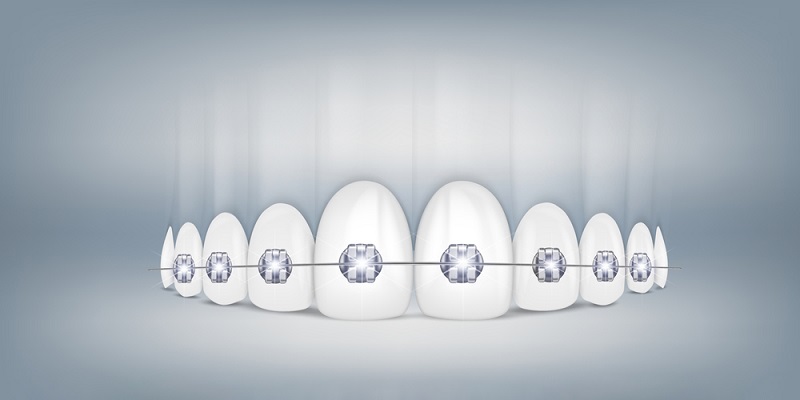






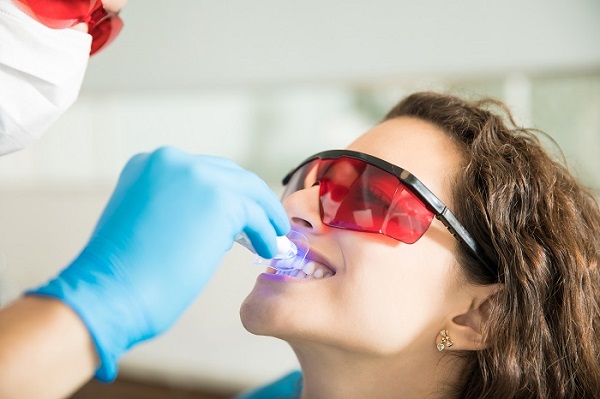


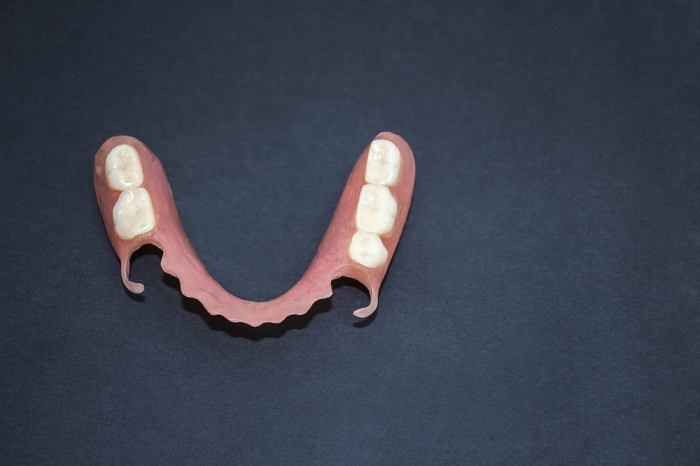
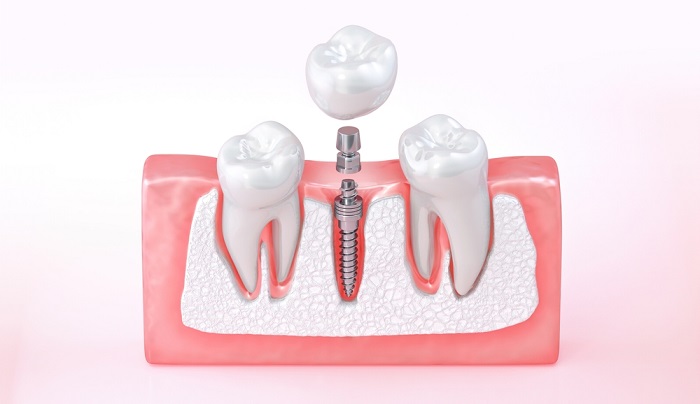
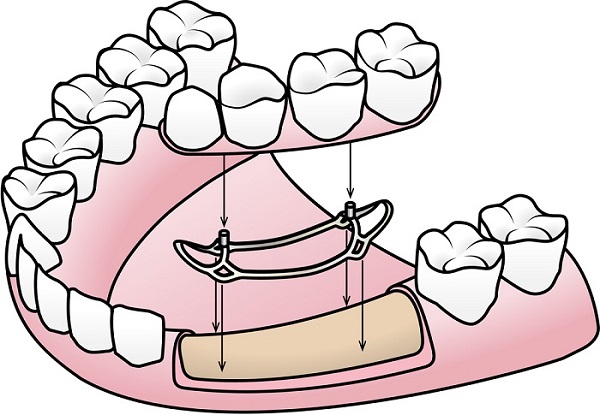





















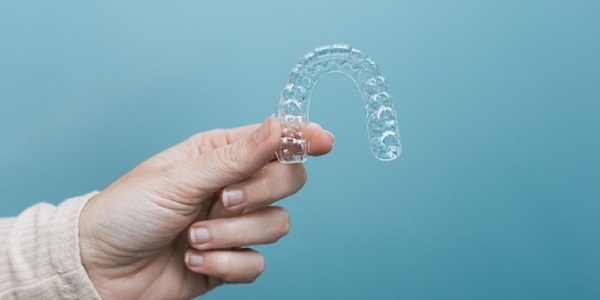







.jpg)
.jpg)
